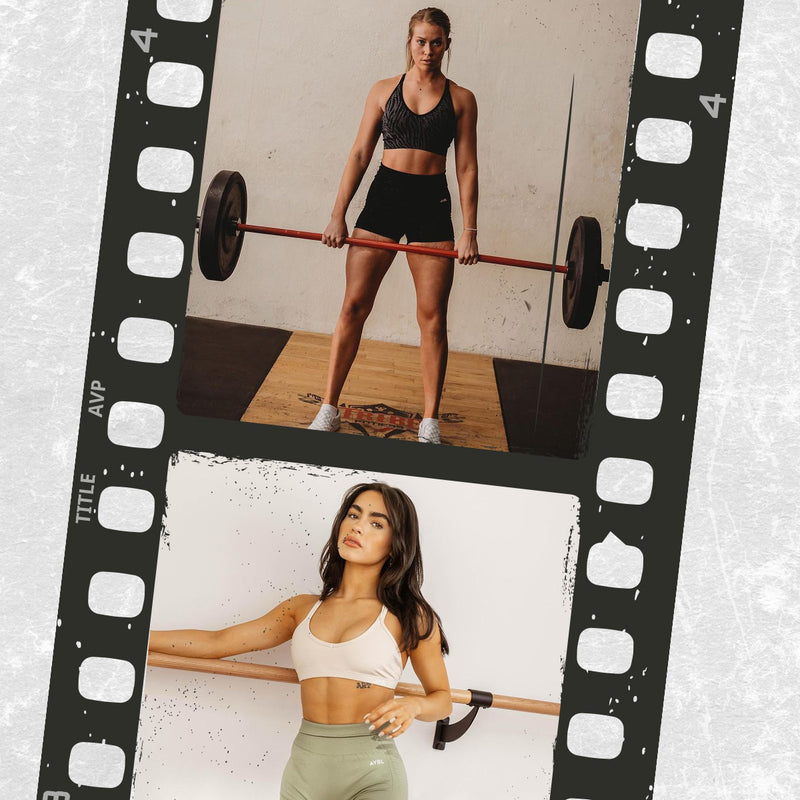
LISS vs HIIT: Which Is Better For You & Your Goals
Love it or hate it, cardio is an integral component of any workout routine. But while some of us were born to wreak havoc on the StairMaster, the thought of breaking a sweat is enough for others to cut ties with their gym.
If you consider yourself part of the latter, don’t think there’s no way for you to meet your fitness goals.
The facts are: repeatedly burdening your muscles with various forms of resistance training will develop and strengthen your muscles, while routine cardiovascular training will keep your heart healthy, develop your endurance and burn fat. How you choose to do this, however, is down to you.
So, what are we getting at? There’s more than one way to achieve the above. The point is, that if you can find a way that suits you to exercise on your terms, you can work toward the same end result.
In this article, we’ll break down the benefits of LISS and HIIT to help you choose which is right for you.

WHAT’S THE DIFFERENCE BETWEEN HIIT AND LISS?
LISS and HIIT are two of the most popular training styles, yet both are polar opposite.
LISS, which stands for low intensity steady state, is a form of cardiovascular exercise in which you aim for a low level of exertion for a longer, continuous period of time. Examples include jogging, walking, swimming and cycling at a steady pace.
Meanwhile, HIIT - otherwise known as high intensity interval training - involves alternating between short bursts of intense effort with periods of rest or active recovery. There are many ways to do HIIT, but one example is Tabata, which consists of eight rounds of 20 seconds of work and 10 seconds of rest.
READ MORE: The Best HIIT Workouts To Make You Sweat
The key differences between either workout include the intensity and duration. HIIT involves a much higher workload with short rest periods, while LISS can achieve similar results, but will take longer.
WHAT ARE THE BENEFITS OF HIIT?
HIIT sessions are favoured by many for their intense calorie burning. Other benefits of HIIT include:
- Improves aerobic and anaerobic fitness;
- Encourages excess post-exercise oxygen consumption (EPOC);
- Burns a lot of calories in little time - perfect for busy lifestyles;
- Boosts your overall cardiovascular system;
- Can be scaled to any fitness level using your own bodyweight;
- Helps build lean muscle mass.
WHAT ARE THE BENEFITS OF LISS?
Since most LISS activities don’t require equipment, it’s perfect for beginners and those looking to get started right from home. To add to that, LISS cardio workouts:
- Improve aerobic and anaerobic fitness;
- Reduce stress on your joints;
- Require less recovery time;
- Burn more calories from fat than glycogen;
- Improve bone density and ability to do daily activities;
- Are more manageable long-term.

WHICH IS RIGHT FOR YOU?
Ideally, doing a bit of both HIIT and LISS will ensure a solid overall workout. But deciding what’s best for you comes down to your fitness level, lifestyle and health and wellness goals.
If you have the time to do an hour of cardio at a slower pace, and you don’t want to put your body through stress, then slow and steady is the path for you. If you’re limited on time, HIIT could be the way forward - and because of its vigorous regime, even 20-minute workouts done on the reg will burn more fat than LISS.
It’s important to bear in mind that higher intensity exercises require greater rest periods. If you’re new to HIIT, start with one or two sessions per week, and as you progress to a higher level of fitness, build to two to three per week. Aim to recover at least 48 hours between each workout.
LISS is therefore a great way to add variety to your workouts and prevent overtraining. Mixing in exercise, like walking or swimming, will allow you to get some movement as your muscles repair.
BASED ON YOUR GOALS…
If you’re new to exercise and just want to get moving… Whether you’re a total newbie or are getting back into training after a hiatus, LISS is a good way to ease back in. Because you’re working at a low intensity, you may be able to work out for a longer period and exercise more consistently.
If you want to lose weight and boost your metabolism… Doing any type of cardio will burn calories. But ramping up the intensity of your workout is ultimately going to help you burn more calories, giving HIIT the edge.
If you want to improve your athletic performance… Incorporating resistance training into your HIIT workouts can help build and maintain muscle, particularly your type 2 fast-twitch muscle fibres, which are built for quick, explosive movements. So, if your goal is to improve the height of your jumps or increase the load of your deadlifts, HIIT is the way to go.
READ MORE: Full Body HIIT Workout With Katie Becknell

Whether it’s LISS or HIIT, you will see results over a period of continuously doing either. What’s most important is that you pick a style of exercise that you like and you can commit to.
Ensure your diet supports your training and the results will soon follow. Explore our range of healthy and delicious recipes right here.